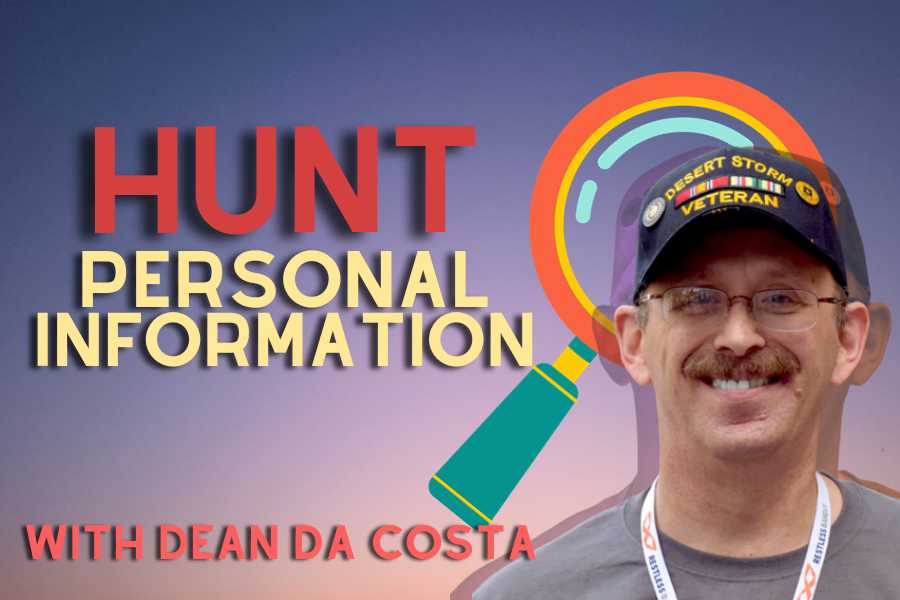In today’s competitive job market, artificial intelligence (AI) is playing an increasingly important role in the recruiting process, both for candidates and talent acquisition professionals. Job seekers are increasingly using artificial intelligence tools when writing their resumes. Using the AI chatbots excellent resumes can be written that can be difficult to distinguish from those written by a person.
In fact, according to a recent study by Forbes magazine and a ResumeBuilder.com survey, 70% of candidates who used the ChatGPT resume writing tool received more positive reviews of their resumes, and 78% received interview invitations.
This rise in AI’s role necessitates that recruiters stay up-to-date on how candidates harness this technology and adapt their hiring practices and resume evaluations accordingly.
Where Do They Start?
Not all applicants can write a decent resume. Sometimes this is due to a lack of experience in writing, sometimes to the inability to properly sell one’s expertise and sometimes to the inability to construct sentences correctly. Recruiters and HR are well aware of the shortcomings of a resume, but which applicant wants to be rejected at the beginning of their journey?
With the advent of technology, it is easier for job seekers to delegate the responsibility of writing a resume to a neural network and chatbots. They most often use ChatGPT, Microsoft Bing AI (Bing Chat), and Google Bard. But artificial intelligence cannot fill in all the necessary information – personal data, skills, previous work experience and so on. Therefore, if a candidate has doubts about his literacy or has a language barrier, he can also delegate the writing of a high-quality resume to an agency.
How Candidates Use Chatbots
The artificial intelligence behind chatbots like ChatGPT is extremely powerful, efficient, and versatile. Therefore, when a chatbot is asked the right questions and provided with the necessary information, it generates a wide variety of content.
It is important to note that when creating a resume, the chatbot does not write the resume from scratch. As a rule, it cannot independently find all the necessary information about a candidate to craft a good resume. However, it can create a resume based on information about the open role and the applicant’s experience, which he provides.
In some cases, chatbots such as ChatGPT, Bing Chat and Google Bard offer clear instructions on how to write a good resume instead of writing it. But here everything depends on the request. Either the candidate will be offered a ready-made resume for him, instructions for writing or a template.
For example, a candidate just needs to do the following:
- Open the chatbot at
- Ask the chatbot a question: “Can you help me write a resume for a specific role?”
- After receiving a response from the chatbot, you should copy the job description and provide it.
- It will provide a detailed resume outline and maybe even write a sample cover letter.
- You can also ask the chatbot to add personal information to the final product that describes the candidate’s experience and connection to the job opening.
Understanding how candidates use chatbots like ChatGPT to write resumes can greatly benefit recruiters. By analyzing how candidates are using this technology, recruiters can gain insight into how to better evaluate resumes in today’s job market.
Resume Evaluation
When it comes to evaluating candidates’ resumes, AI is also very useful.
AI will quickly analyze thousands of resumes, evaluate the professional skills of candidates and select those who are best suited for a particular position at your company. Artificial intelligence analyzes the experience, skills and basic characteristics of the applicant necessary for an interview. In addition, it can trace a candidate’s career path, analyze the description of responsibilities at previous jobs and take into account whether they meet the requirements of an open role.
This approach also helps when assessing the resumes of specialists who have changed their profession. For example, if a person worked all his life as a marketer, and then learned programming and began to work successfully in IT. When assessing the resumes of candidates for a software developer position, AI will compare applicants based on relevant experience, paying less attention to work in other areas.
However, the use of AI is not without its drawbacks. It can be prone to making mistakes and may introduce unintended bias into the hiring process. For this reason, it is still necessary to check every decision made using AI.
















